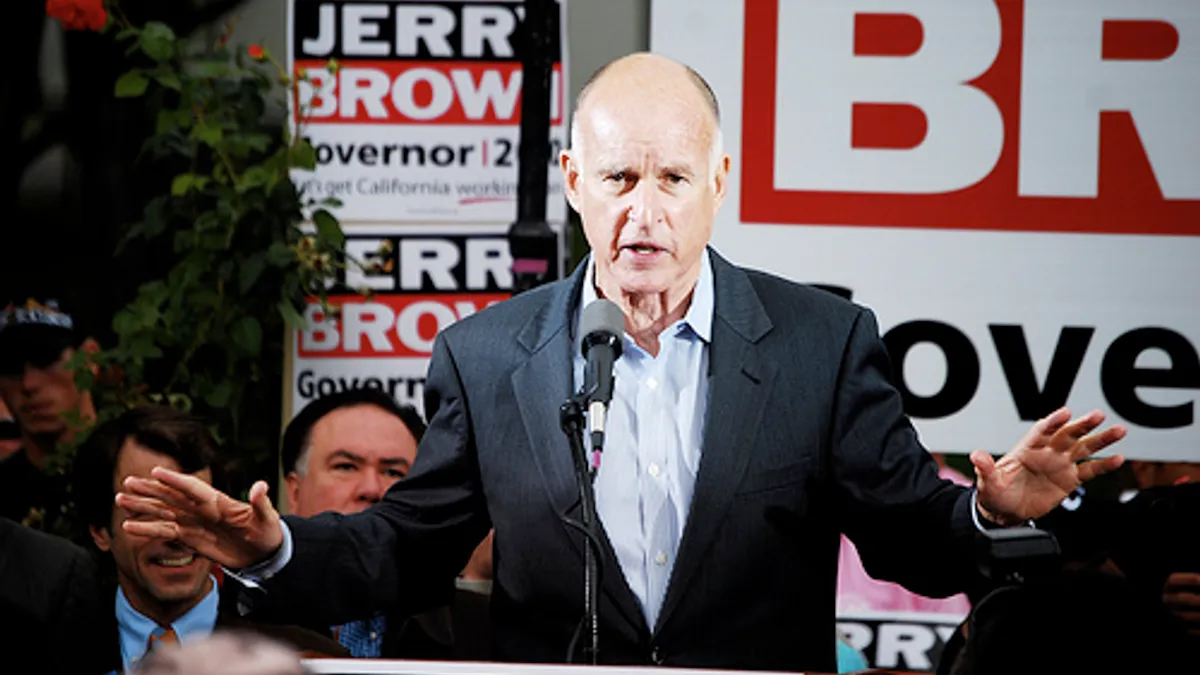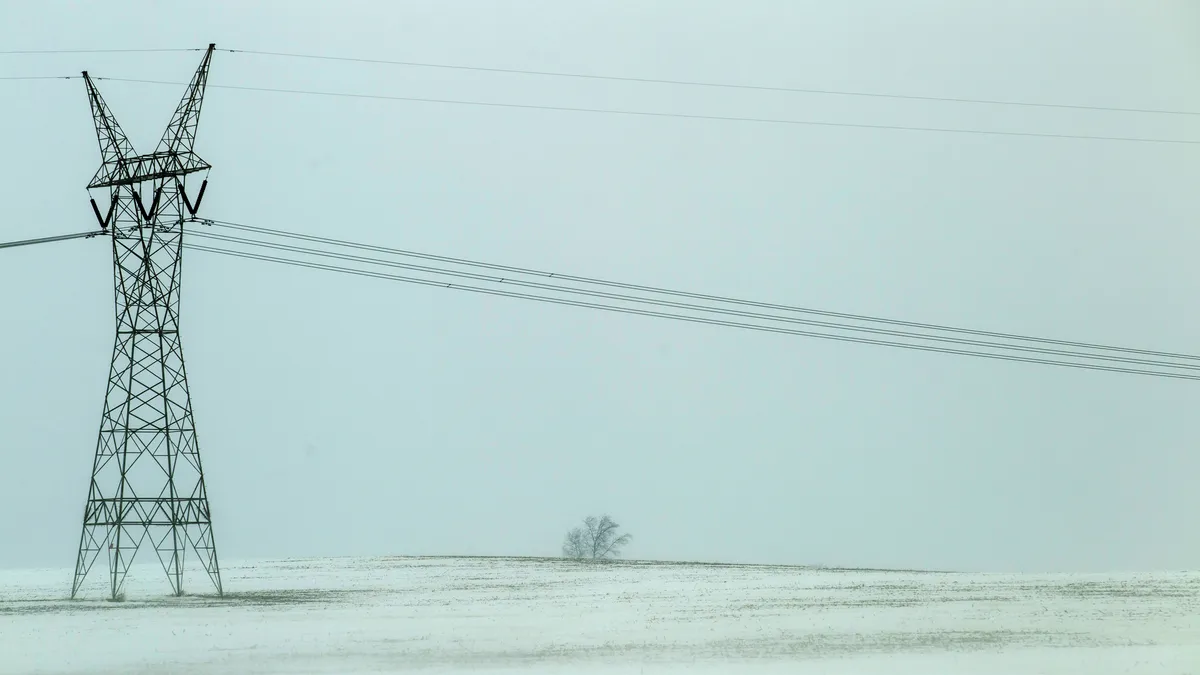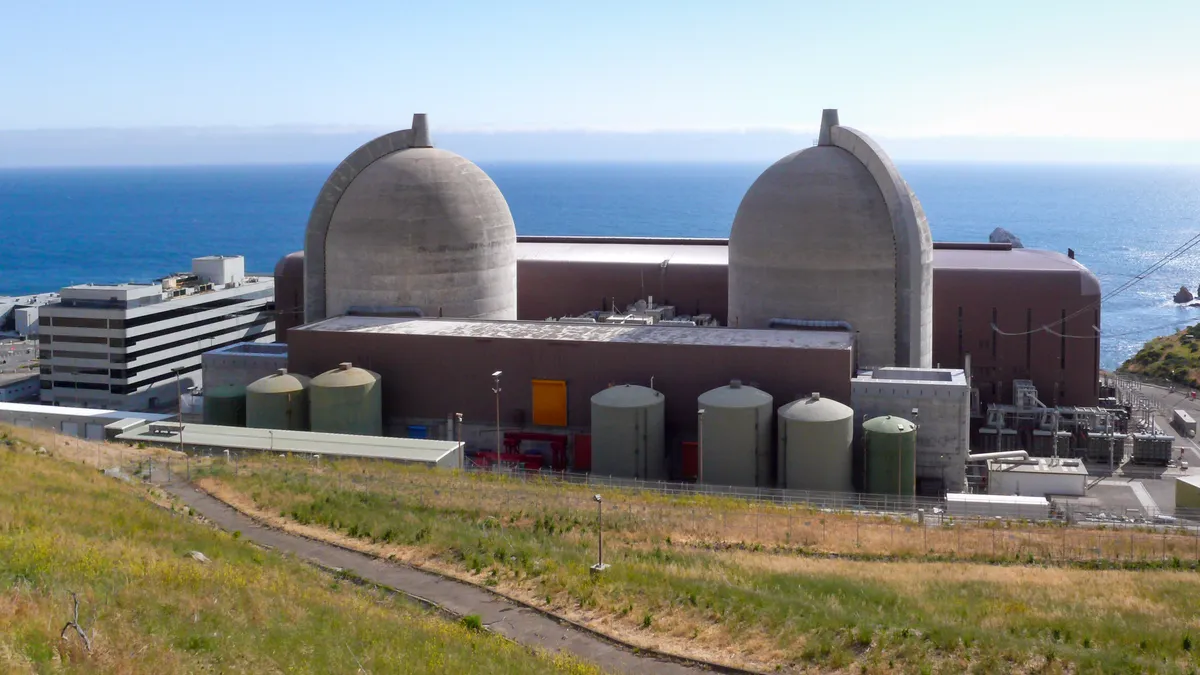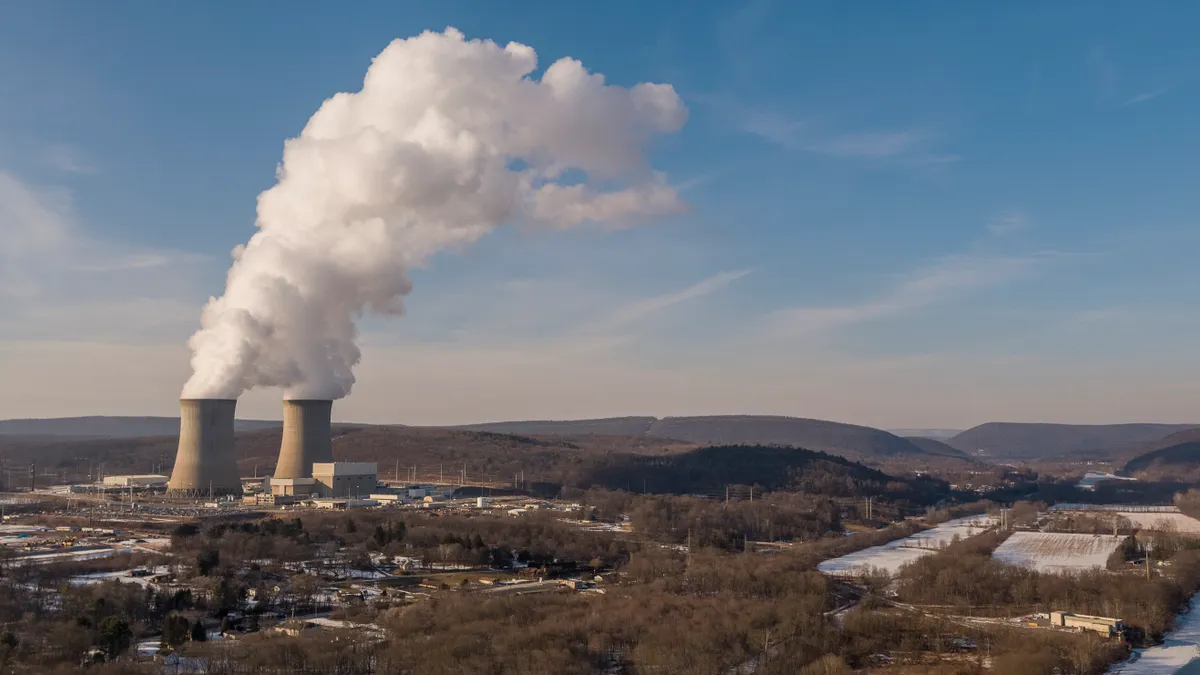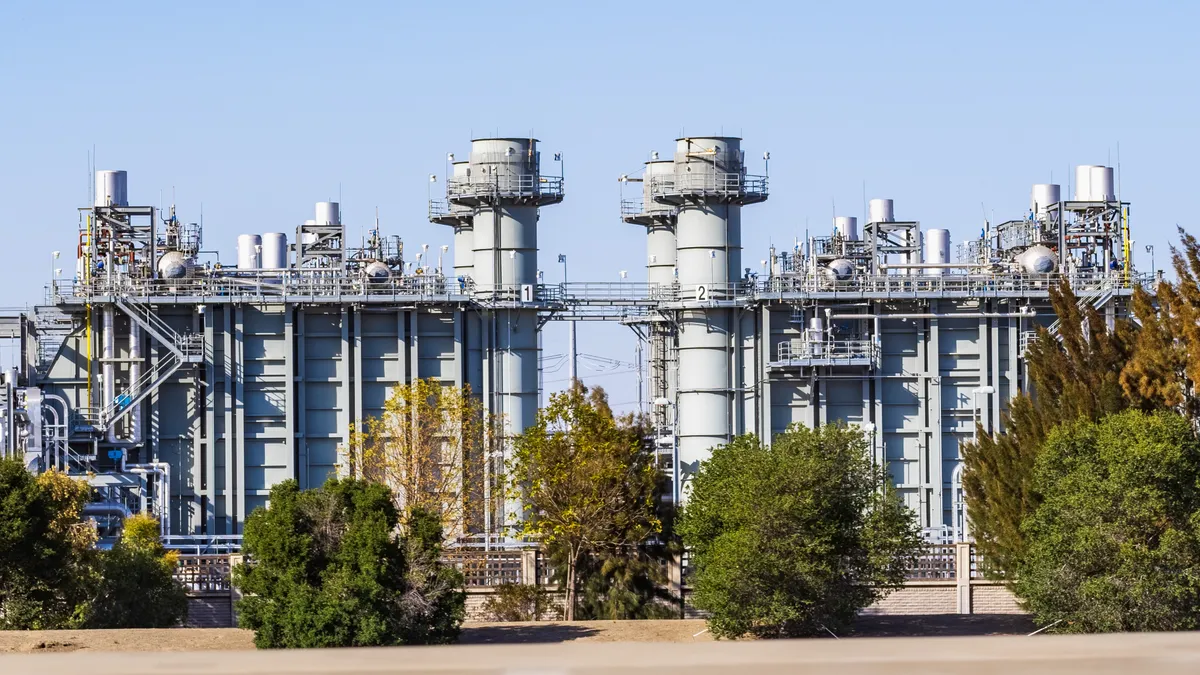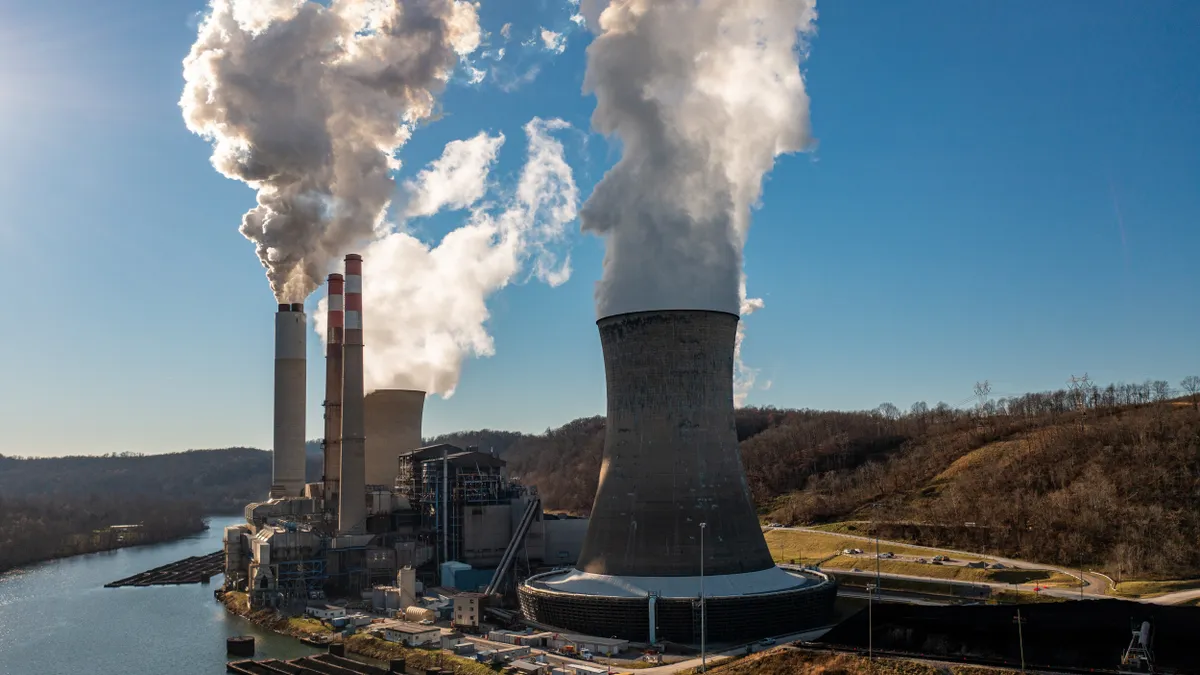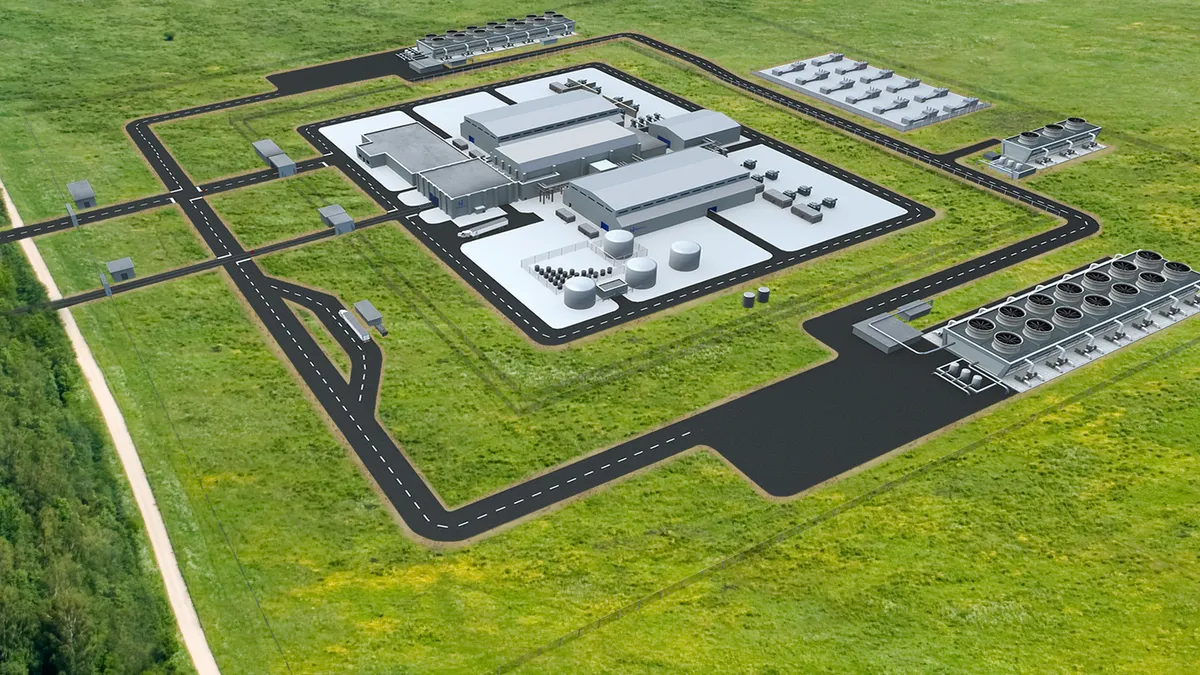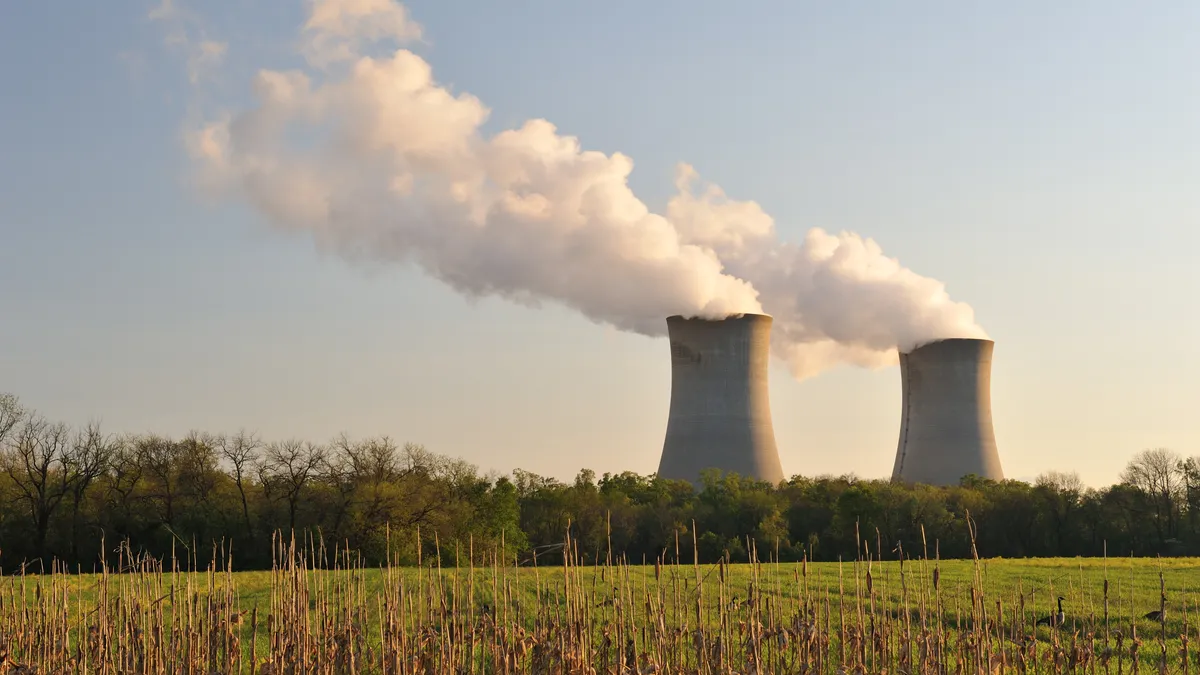In moving to a 50% by 2030 renewables mandate, California leaders want more of what they got from their 33% by 2020 standard.
Numbers on the existing 33% target are still coming in, but getting to just over 15% renwables from 2002 to 2012 added 196,000 jobs, a 20% increase, according to analysis from clean energy think tank Next 10. At the same time, the state’s overall economy was adding jobs at a 2% rate.
By the middle of 2014, according to the group, the state was at 23% renewables, its average residential electricity bill had dropped 4% from 1990, and its average industrial electricity bill had dropped 57%.
The state’s three dominant investor-owned utilities (IOUs) are making progress as well, with all of them “on track to meet the RPS requirement of 25% renewables by 2016 and are well-positioned to meet the 33% requirement by 2020,” according to the California Public Utilities Commission Q4 2014 RPS report.
That all sounds like good news, but California lawmakers think they can do better. In January, Gov. Jerry Brown (D) called on state lawmakers to boost the RPS to 50% by 2030, and two bills to do so are making their way through the heavily-Democratic state legislature. Now a new report from a reputable consulting firm finds that the 50% mandate, while ambitious, could mean significant economic growth for the state, and major changes for its utilities.
The 50% mandate could increase today’s 44,700 job-years in the state’s clean energy sector to 1.2 million job-years in 2030, including 870,000 job-years in the wind and solar industries, according to the report "Impact Analysis: Governor Brown’s 2030 Energy Goals," from Strategen Consulting. The new mandate could also bring $51 billion in total yearly energy sector savings, or $4,000 per California household per year after 2030.
A 42% reduction in the state’s greenhouse gas emissions from the current level is also achievable by 2030 and, by removing noxious air pollution, the new mandate could eliminate 739 yearly deaths from respiratory and cardiovascular pathologies.
“People equate more aggressive environmental goals with higher costs, but there is a tremendous benefit to California from realizing these goals,” said Strategen Founder and Managing Partner Janice Lin. “And the 50% target is achievable, given the success we have had so far.”
The utilities
California’s IOUs, which will be responsible for the bulk of the new mandate’s implementation, are on board.
Pacific Gas and Electric is well on its way to meeting California’s ambitious clean energy goals through renewables, energy efficiency, support for distributed resources, infrastructure investment, and working to get more electric vehicles on the road, observed President, Chair and CEO Tony Earley in a release. But "there is much that still needs to be done,” he added, in calling for a policy framework that would promote further innovation.
Southern California Edison wants to work with the Governor and state leaders, according to Director of Energy Policy Gary Stern.
“A combination of increasing renewable energy resources, increasing the number of electric vehicles on the road, and expanding energy storage and energy efficiency are effective ways to implement the governor’s goals,” he said, but cautioned that changes must protect grid operations and reliability.
The Strategen study is not a roadmap to 50% renewables, Lin explained. “There are a million ways to get there.”
The study echoes the utilities’ calls for innovation. But while the utilities are working on ambitious EV charging programs, Lin noted, Powertree is demonstrating what it means to go a step further. It is not only one of the first companies to deploy EV charging infrastructure for multi-family apartment buildings, but is also deploying rooftop solar and battery storage with the chargers.
The systems enable acceleration of EV adoption, include rooftop solar, and the storage can be used to protect the grid from EV charging surges or to provide ancillary services to the grid.
“This is a silo-buster,” Lin explained. “It serves all three of the Governor’s goals.”
“Nobody has done this before, Lin said. “Powertree develops all the capabilities at the apartment building. They put in the solar, the storage, and the chargers. They make money selling EV charging services and grid services.”
Powertree’s aggressive innovation begs the question of why utilities have not tried such a synergistic approach, Lin said, but it also shows the immense opportunities in leveraging new clean energy technologies on the distribution grid.
Jurisdictional barriers to plug and play
One of the next big challenges in getting to 50% renewables will be a plug-and-play grid, Strategen reports.
It has taken Powertree three years to work through the jurisdictional barriers to its plan to provide ancillary services to California’s grid, Lin said. “It should take three days.”
A plug-and-play grid will allow California’s enormous build-out of distributed energy resources (DERs) to be aggregated.
“What if," Lin imagined, "instead of buying a new gas peaker, all the small DERs now optimized for single customers could be aggregated to provide peak demand capacity?”
The technology is available, Lin said, but the question remains how best to site, interconnect, and optimize all the DERs to work as one. While the California Independent System Operator (the ISO) manages the transmission system and is responsible for responding to peaking demand and dispatching ancillary services there, the DERs are interconnected at the distribution system level, which is owned and run by the utilities.
Power companies across the country continue to struggle with how best to value and operate the various distributed resources on their distribution systems, but regulators in Calfornia are pushing utilities to figure it out, and fast.
In February, the CPUC directed the state's IOUs to develop distribution resource plans (DRPs), aimed at solving these long-standing issues. Directing utilities to modernize their grid for two-way power flows, the regulators told the companies to establish uniform standards for testing their distribution grids’ capacity for DERs, and to figure out a locational cost/benefit analysis for the distribution grid — two key difficulties for utilities across the nation. The DRPs are to be filed July 1.
In addition to the utility plans, the ISO and state regulators are also working on a solution that will let DERs plugged into the distribution system become players in meeting the transmission system’s peak and ramping needs. And, Lin added, it will certainly need to include fair and reasonable compensation to utilities for the use of their system by the grid operator.
The wholesale distribution access tariff now used to compensate distribution system owners for electricity passed to the ISO probably needs to be revised to reflect new priorities, Lin said. That could involve the Federal Energy Regulatory Commission because it governs the ISO, which would add another level of jurisdictional complication.
“The use of a lot of other advances may depend on getting these regulatory barriers sorted out, but when they are sorted out, it will unleash the creativity and power of the free market,” Lin said.
“We have to shift from buying renewables only to meet a mandated market target. We need to buy renewables to meet system needs by taking advantage of new technologies and the attributes of renewables,” agreed Center for Energy Efficiency and Renewable Technology Executive Director V. Jon White.
Finding and enacting policies and practices necessary to harmonize the Governor’s greenhouse gas emissions goal and his renewables mandate will be the work of state agencies, White said. It could come from legislation directing them to do it or from a gubernatorial directive.
“For the moment we have to work backwards from what success would look like in 2030 and start thinking about the things we need to do,” he said.
The renewables and emissions mandates are a step in the right direction, White said, but important long term infrastructure needs have been left out.
“The PUC did a distributed storage mandate," he said, "but they have dropped the ball so far on large scale storage like pumped hydro, solar thermal with storage, and compressed air.”
Renewables are a substantial component of what is needed, but demand response, deeper energy efficiency, and incremental transmission additions need to be considered in longer term planning as well. Though the CPUC, the California Energy Commission, and the ISO are not yet doing that, the California Air Resources Board is, according to White.
“These are things that can be done and are not especially controversial but it requires a vision that has not yet been fully articulated," he said.
The big benefits from reduced imports
Much of the financial benefit from the 50% mandate will come from eliminating imported fuel, the Strategen report stresses.
“The state’s imports of oil, natural gas, and electricity will be reduced by $44 billion per year,” Strategen reports. But “annual imports of equipment for renewable energy – wind turbines, solar panels, and solar inverters – will amount to approximately $6 billion by 2030, offsetting only a small portion of the state’s gains.”
This drop in fuel imports will keep a great deal of money in-state. That could, by a conservative estimate, grow the state’s economy by $76 billion, which is 3.8% of its GDP. The sales tax benefit to local governments would be $680 million.
Much of the fuel savings in Strategen’s projections would come from the increased use of electric vehicles (EVs).
“California can achieve a 50% reduction in gasoline consumption if roughly 35% of auto miles and 15% of truck miles are driven under electric power,” Strategen finds. That would produce a drop in gasoline taxes of $3.9 billion, but the increased in-state economic activity from reduced gasoline imports would provide $4.1 billion in new tax revenue.
EV sales already account for 3% of California’s light duty vehicle market, according to a recent Navigant Research study that suggests Strategen’s projections are conservative. The state’s policy drivers “will likely continue to push EV penetrations in the state to between 15% and 22% by 2024.” A recent Energy and Environment Economics study had comparable findings.
While the state's energy stakeholders appear ready for the 50% mandate, Lin said it is not yet certain. Legislative passage of two bills — SB 350 and AB 645 — is still needed to codify the Governor's proposed mandate, she explained. The CPUC must then oversee implementation by the IOUs. The CEC has jurisdiction over the state’s municipal and public utilities.
Even so, clean energy advocates are brimming with anticipation over the new mandate, one they hope will beget even more benefits than the Strategen study anticipated.
Getting to 50% renewables is both feasible for utilities and beneficial for California economy, said California Solar Energy Industries Association Executive Director Bernadette Del Chiaro.
“It is always easier, cheaper, and even more beneficial than what we estimate,” she said.


